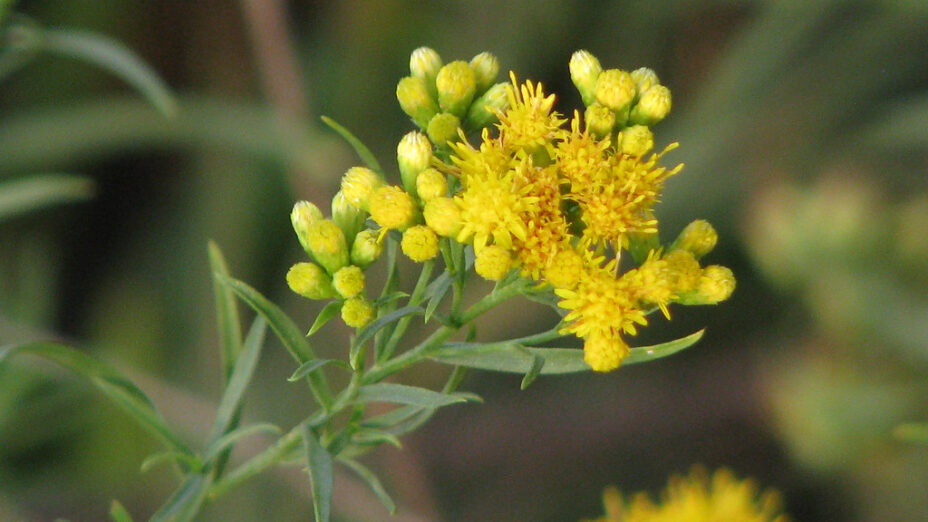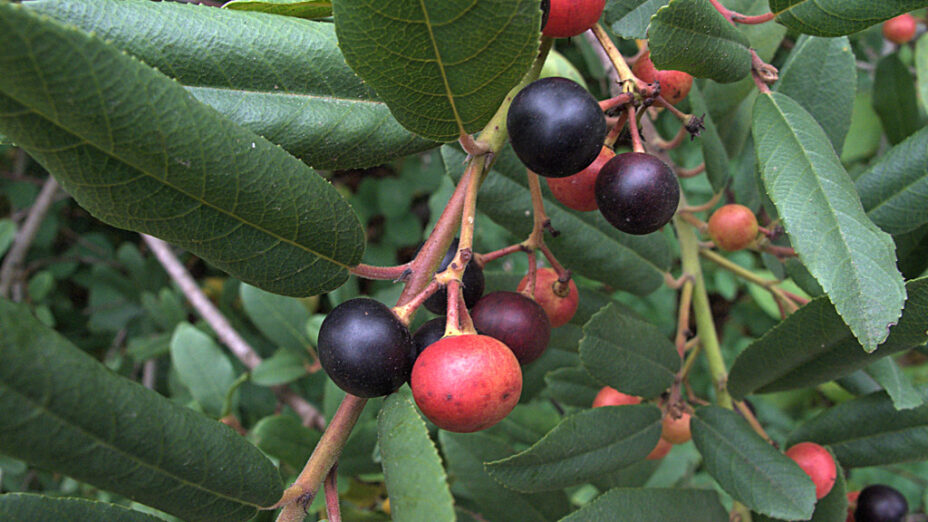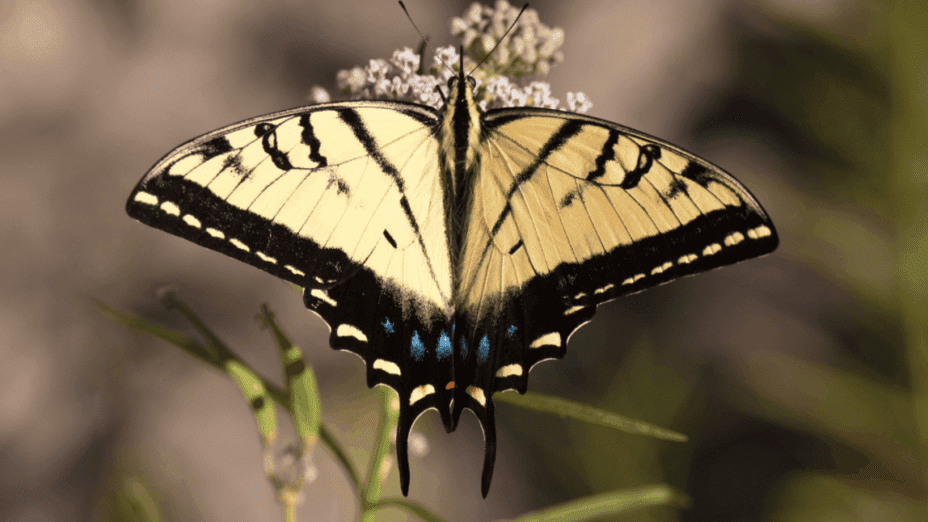
This year, we’ve planted hundreds of plants as we work towards our goal of planting and protecting 10,000 trees and plants in 10 years.
Many of these plants are now growing in our pollinator gardens and restoration sites at our Mangini Ranch Educational Preserve, at our Curry Canyon Ranch property, and along Marsh Creek.
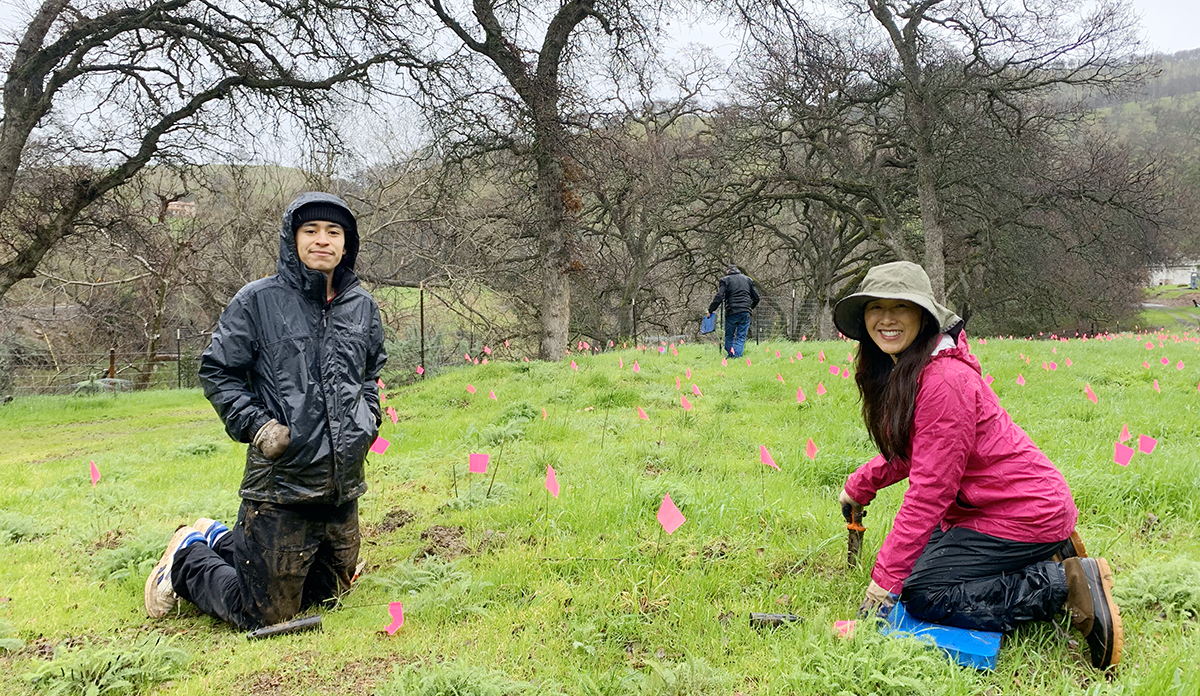
Diablo Restoration Team volunteers planting native plants at Save Mount Diablo’s Marsh Creek 7 property. Photo: Haley Sutton
We’re working to create biodiverse habitats to support Mount Diablo’s wildlife, with a particular focus on native pollinators.
Many populations of pollinators have declined in recent years. Save Mount Diablo is working to reverse that trend by planting native plants that are especially good at nourishing pollinators.
These plants provide desperately needed food and shelter for Mount Diablo’s pollinators, which include native bees, butterflies, moths, bats, and birds.
Here are some of the plants we’ve planted this year on and around Mount Diablo!
1. California Milkweed
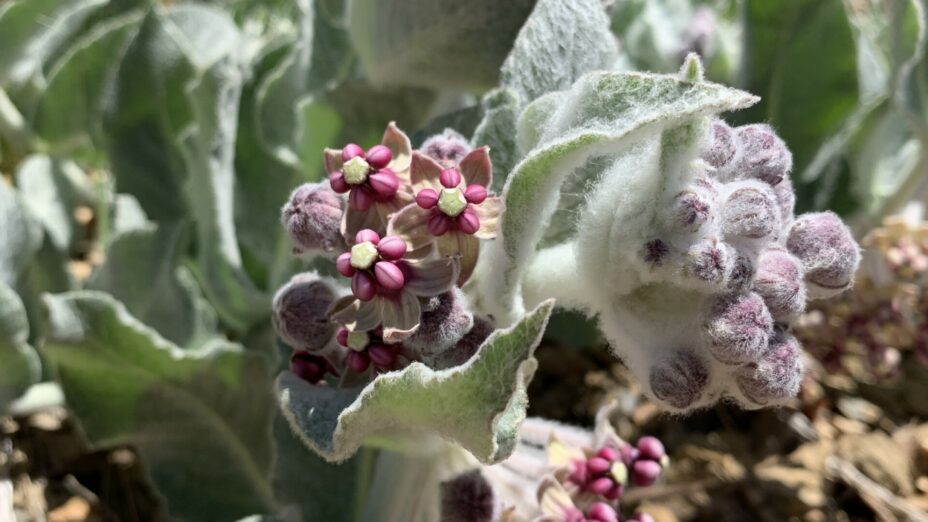
California milkweed. Photo: Haley Sutton
The California milkweed’s range stretches from the East Bay to the foothills of the Sierra and farther south to central and southern California. Its range also stretches to slightly outside California.
The monarch butterfly relies exclusively on milkweeds as its host plant (food for its caterpillars) as it migrates through North America.
Save Mount Diablo is planting California milkweeds to create habitat for the western monarch in the Mount Diablo region.
To ensure that the milkweed is suitable for the area, Save Mount Diablo safely harvests seeds from pre-existing California milkweed populations on Mount Diablo and uses those to grow new plants.
2. Western Goldenrod
Western goldenrod is native to most western states, and widespread in California. It’s a great pollinator plant, enjoyed by both bees and butterflies!
3. California Coffeeberry
California coffeeberry is endemic to California; it supports birds, bats, butterflies, and moths. Birds love its fruits, which turn a very dark color in the summer.
4. Bush Monkey Flower

Bush monkey flower. Photo: Bob Brittain
This plant can be identified by its sticky leaves and bright flowers that resemble a monkey’s face. It supports numerous pollinators, including bees, butterflies, bats, and birds such as hummingbirds.
5. California Fescue
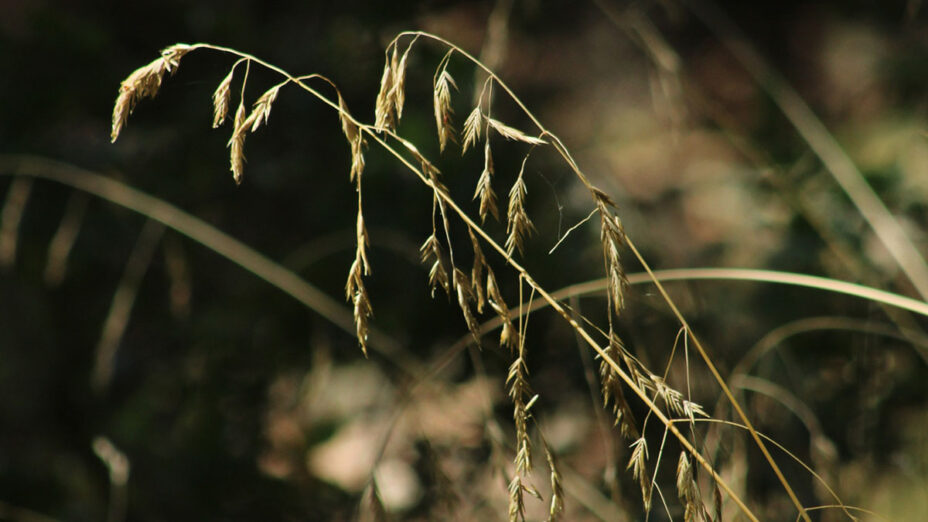
California fescue. Photo: Julia Wong / CC BY-NC
This fast-growing grass can grow up to four feet tall. Its long leaves support butterflies and moths.
6. California Aster
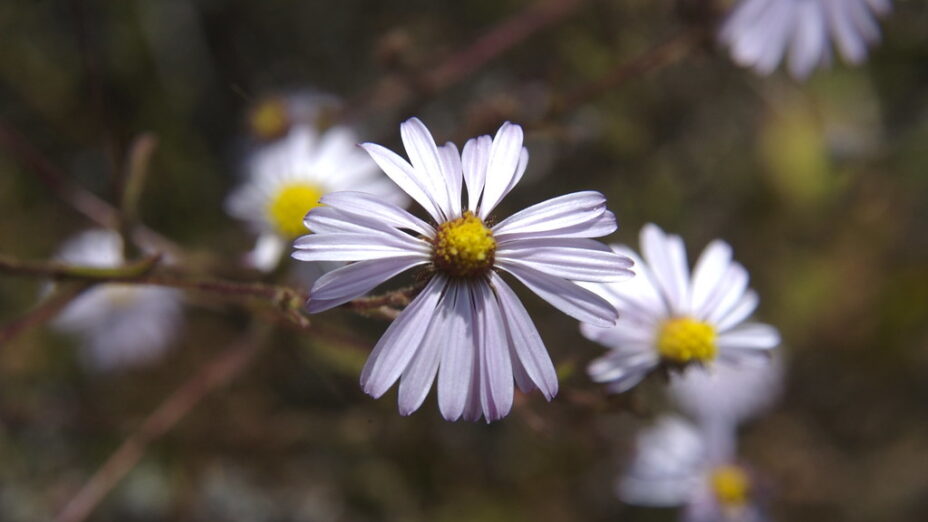
California aster. Photo: jkirkhart35 / CC BY
The California aster supports a variety of pollinators including butterflies, bees, birds, and bats! It is native to California and other coastal western states.
7. Purple Needlegrass

Purple needlegrass. Photo: Sadie Hickey | CC BY-NC
Purple needlegrass is California’s most widespread native grass and was named California’s state grass in 2004.
Like many native grasses, it has a deep root system, making it drought- and erosion- resistant as well as a great thing to plant as a carbon sink.
8. California Bee Plant
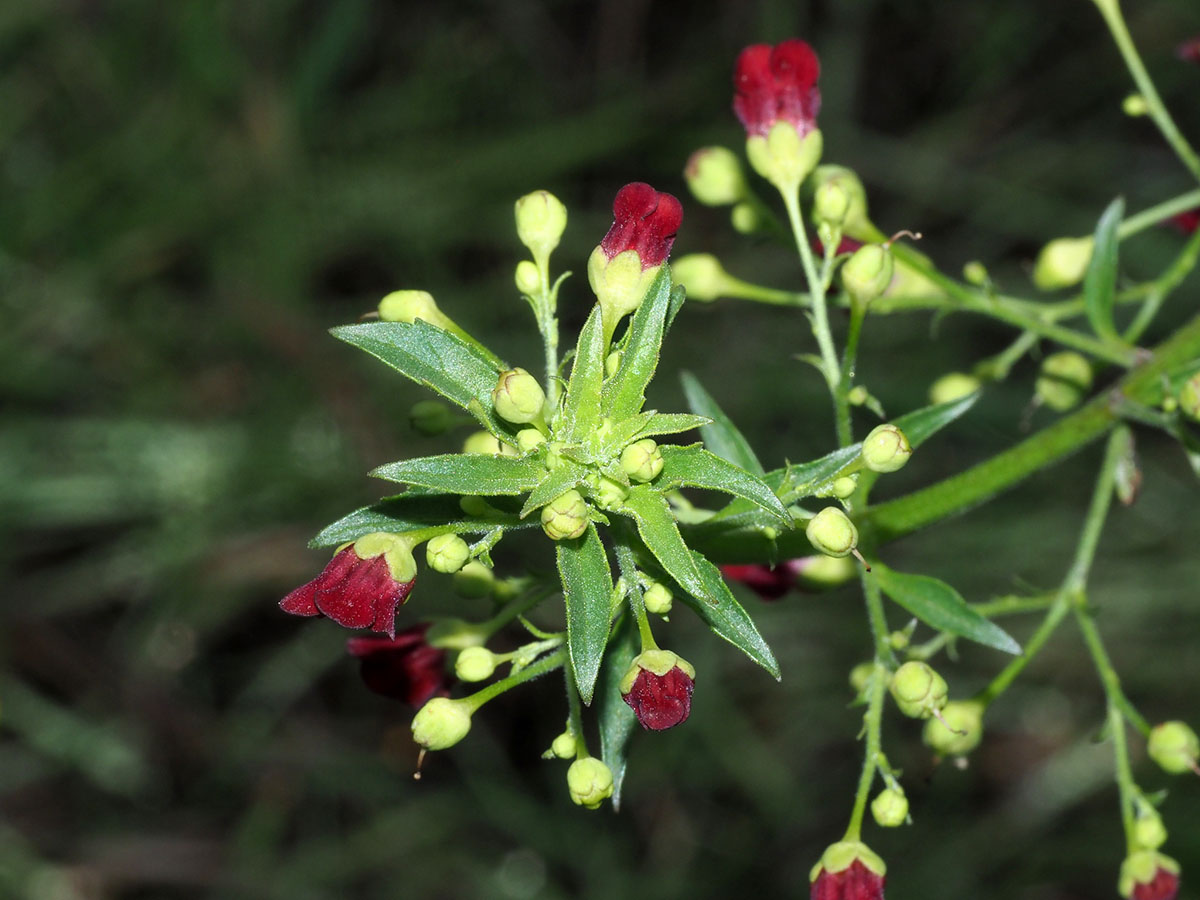
California bee plant. Photo: Nathan Tay | CC BY-NC
This tiny flower is an important food source for more than bees (though bees of many kinds clearly love it). The California bee plant supports bees, birds (including hummingbirds), bats, and butterflies!
9. Blue Oak
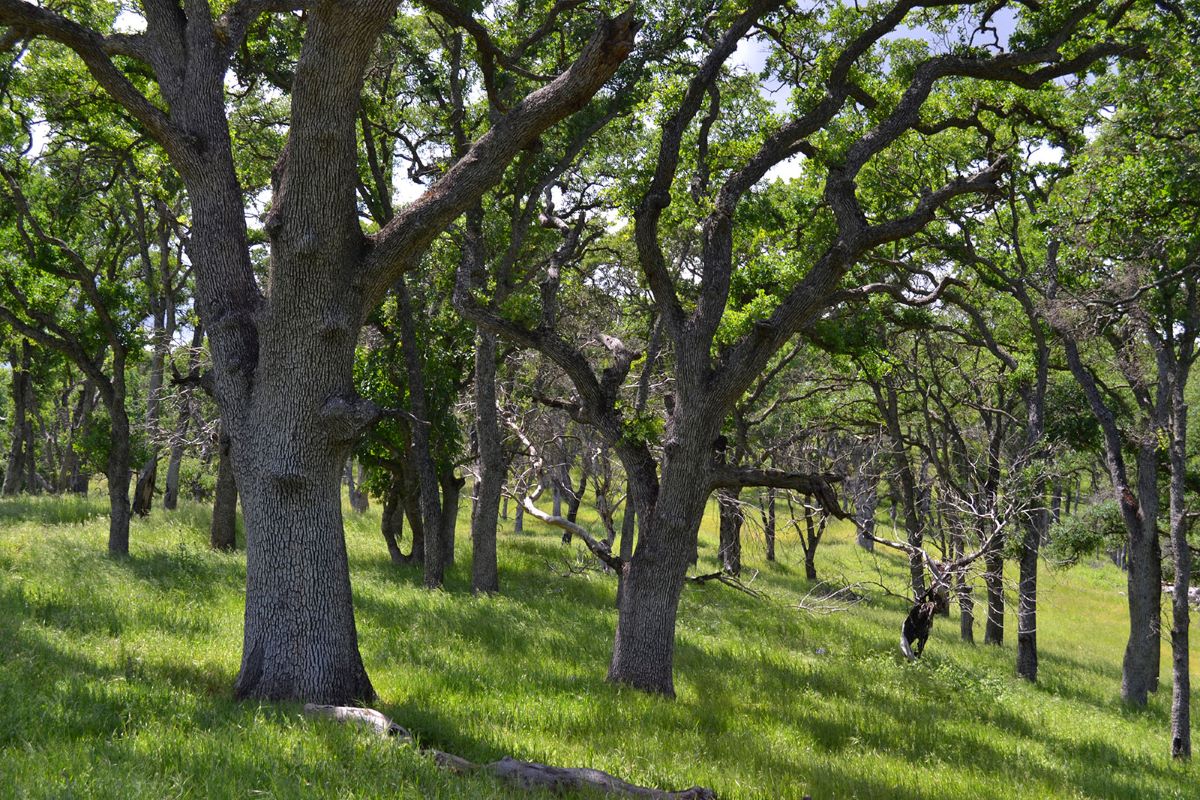
Blue oak. Photo: Mary Nagle
And last, but certainly not least, is the blue oak.
The blue oak is endemic to California and gets its name from its blue-green leaves. It is a keystone species that offers food and shelter to all sorts of wildlife including birds, bats, insects, and larger animals.
Oaks, such as the blue oak, support the largest number of butterflies and moths in North America as a host plant. They are among the best things to plant to support wildlife, including a wide variety of mammals and birds.
How You Can Help Local Native Pollinators and Other Wildlife
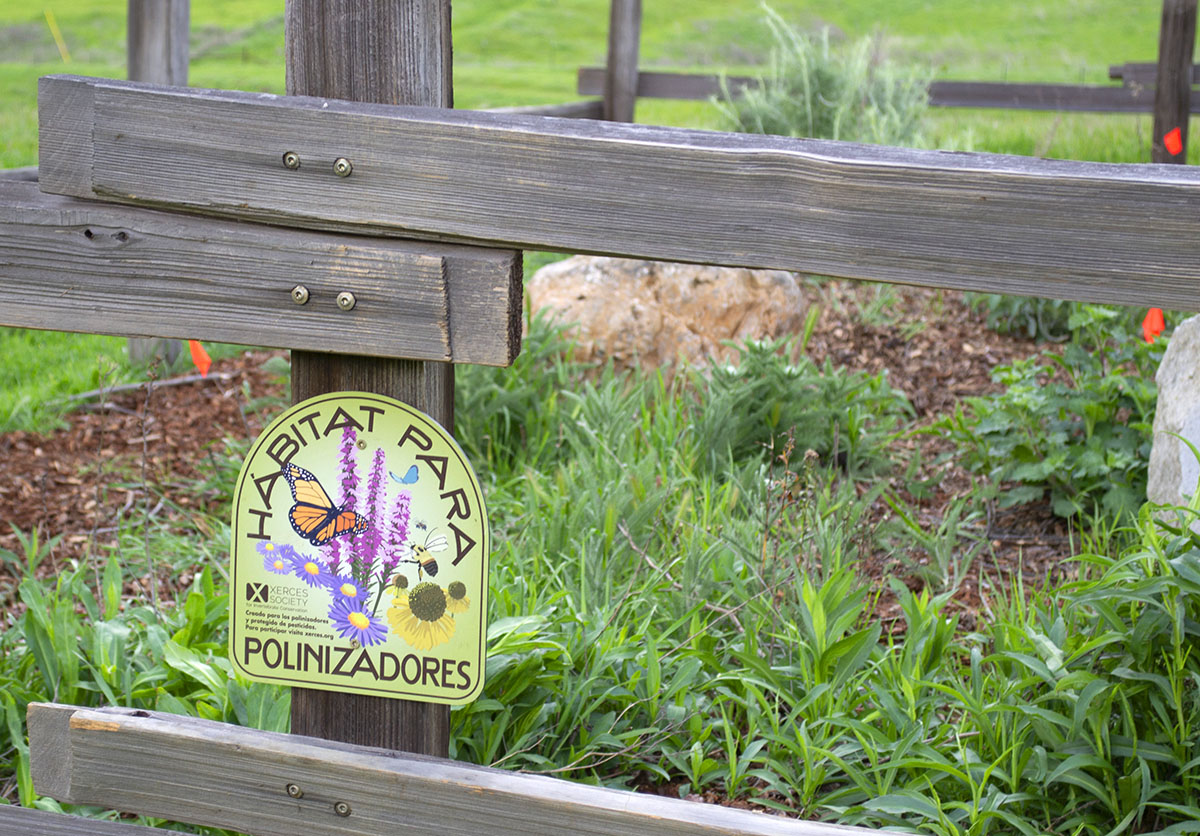
Pollinator garden at our Mangini Ranch Educational Preserve. Photo: Mary Nagle
As planting season ends, our work continues. When spring turns to summer, we head outside to water our newly planted trees and plants to ensure that they survive the heat.
It takes years of hard work—planting, watering, and weeding season after season—to build well-established healthy habitats.
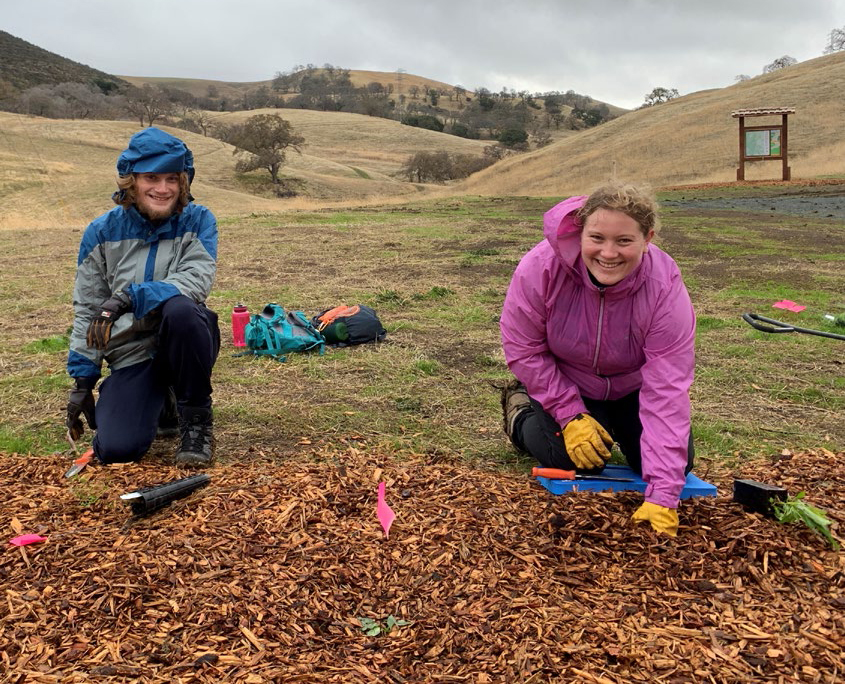
Diablo Restoration Team volunteers planting at our Mangini Ranch Educational Preserve. Photo: Haley Sutton
We rely on the help of volunteers year-round to do this work. If you’re interested in giving back to nature with us, join our Diablo Restoration Team to help care for our pollinator gardens and newly planted habitat!
Thinking about starting your own native garden? Check out this post for more info about native plants for pollinators and resources you can use.
